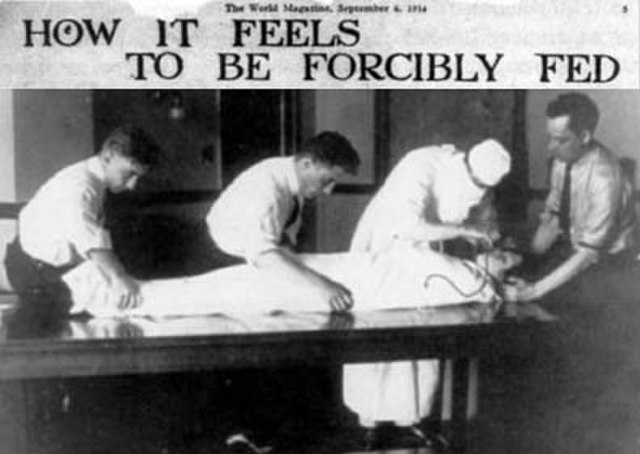The 1920 Cork hunger strike occurred in late 1920, during the Irish War of Independence, when 65 men interned without trial in Cork County Gaol went on hunger strike, demanding release from prison, and reinstatement of their status as political prisoners. Beginning on 11 August 1920, they were joined the following day by the Lord Mayor of Cork, Terence MacSwiney. A week into the hunger strike, all but 11 of the hunger strikers were released or deported to prison in England, with MacSwiney being among the latter.
Hunger strikers memorial in Glasnevin Cemetery, Dublin
A hunger strike is a method of non-violent resistance where participants fast as an act of political protest, usually with the objective of achieving a specific goal, such as a policy change. Most hunger strikers will take liquids but not solid food. Hunger strikers that do not take fluids are named dry hunger strikers.
Residents of Dobrzeń Wielki, Poland, in 2017, protesting the planned incorporation of their community to the city of Opole
A 1911 headline in Votes for Women about William Ball being force-fed in prison to end his hunger strike
Clipping from World Magazine, September 6, 1914.
Irish Hunger Strikers Memorial Glasnevin Cemetery, Dublin




